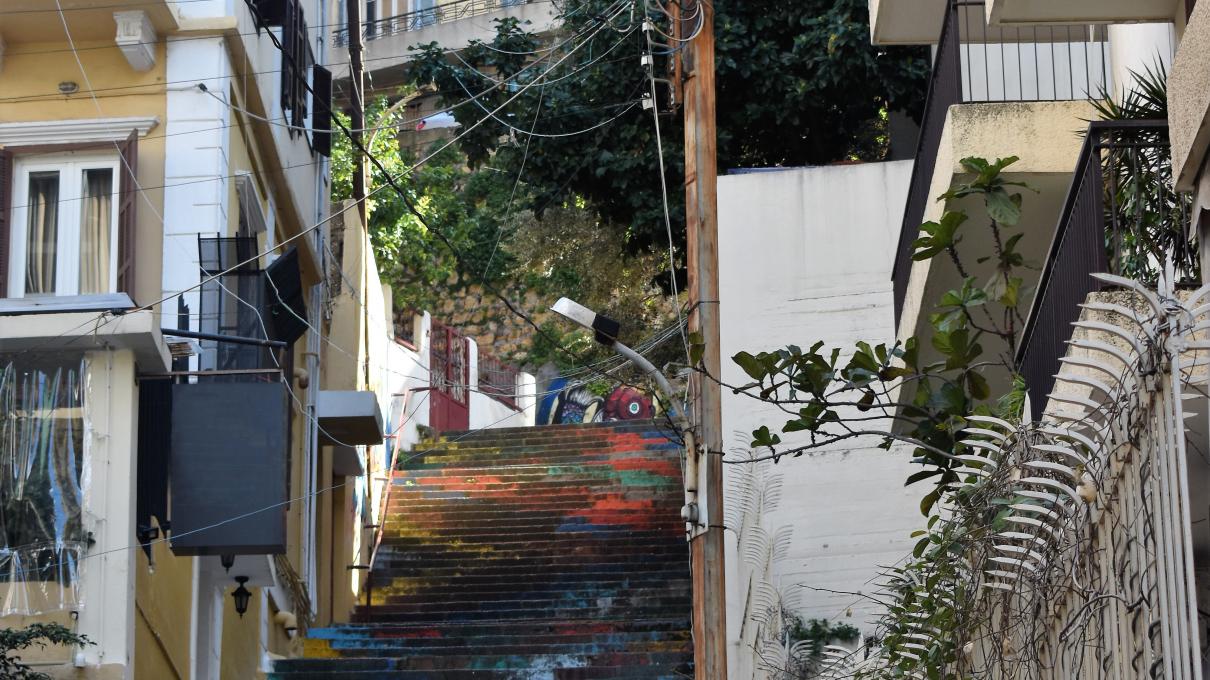The Case of the Port-Facing Hill

Adèle Santos, Mona Fawaz, Sarin Gacia Vosgerichian, Mohamad Nahleh
The Beirut Port explosion on August 4, 2020 devastated neighborhoods, destroyed buildings, and affected around 200,000 housing units in the capital. The urgency to provide housing for citizens, evident well before the blast, is now more pressing than ever. Affordable housing in Lebanon has been absent for over a decade, and particularly in the port-facing residential areas, which have been gradually extirpated at the hand of real estate speculation. Foregrounding housing as a privilege rather than a right, this commodification of property relied on evicting residents from their houses, demolishing heritage structures, and replacing them with higher and denser buildings that have remained mostly vacant. Within this context of permanent displacement, exploitative real-estate development, and lack of policies that safeguard the right to housing, we view the blast as an escalation of the devious mechanisms that have been ingrained in Beirut for years.
This proposal searches for inclusive processes through which typologies and forms of affordable housing can be reinscribed into the city in a manner that preserves its cultural assets and privileges a large part of its population. The heavily affected low-rise and high-density neighborhoods in the Rmeil district, such as Mar Mikhael and Gemmayzeh, are perched on a hill, and are characterized by their walkability and rich urban fabric. As developers vie for rebuilding opportunities, this hill, with its destroyed buildings and inadequate infrastructural networks (water supply, electricity, etc.), is poised to undergo major transformations. And Beirut’s history of ‘recovery’ only testifies to the expulsion of vulnerable communities and moderate to low-income citizens from their neighborhoods, while also disregarding ecological and infrastructural opportunities. As such, there is an urgent need to rethink urban reconstruction by introducing alternatives that, not only reclaim the right to housing, but couple it with viable, comfortable, and inclusive spaces that incorporate new policies, economies, and forms of energy production. Our process of re-envisioning housing possibilities in the city will also directly involve local stakeholders, such as residents, municipalities and the Public Housing Corporation. By collaborating with the Beirut Urban Lab at AUB and the Dar Group, this project brings together urban designers, planners, architects, and engineers in crafting a community-oriented recovery that works across various media outlets to reach different audiences.
Learning from relevant precedents of affordable housing, the MIT and AUB teams will analyze the existing conditions of the hill and propose specific design strategies and housing typologies, from infill to retrofitted spaces, and from opportunities on large open spaces to others within the intricate network of staircases and alleyways. Through field- based research and collaborations with local residents, we propose to develop a multimedia product, such as a film, that foregrounds the voices of locals and integrates their oral histories into our various design proposals. At a critical time when affordable housing in Beirut and the frameworks to realize it are completely absent, this project searches for opportunities to reimagine urban recovery from the scale of housing policies to that of the household.
Funding for this research was provided by the Dar Group Urban Seed Grant Program at the Norman B. Leventhal Center for Advanced Urbanism, Massachusetts Institute of Technology.


